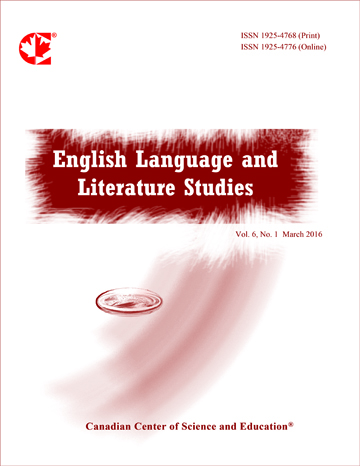Translation of “Bad” in The History of Tom Jones, a Foundling
- Mahbube Noura
Abstract
Following Newmark (1988, p.5), “often, though not by any means always, translation is rendering the meaning of a text into another language in the way that the author intended the text”. To accomplish this, finding appropriate and natural equivalents is of prime importance for the translator; collocation is the most important contextual factor which usually affects translation. So recognizing whether or not a collocation is familiar or natural is one of the important problems in translation. The Word bad, because of its broad collocational range, may have different equivalents in different contexts. This paper investigated the different equivalents of this word in the Persian translation of the English novel The History of Tom Jones, a Foundling. In order to fulfill the research purpose, all the instances of “bad”, by means of AntConc concordancer and their Persian equivalents were extracted. After collecting data, they were classified and analyzed. Analysis of the data showed that the translator nearly in most cases aimed at using established and typical equivalents. The study finally comes up with the conclusion that accuracy is no doubt an important aim in translation, but it is also to bear in mind that the use of common receptor-language patterns which are familiar to the target readers plays an important role in keeping open the lines of communication, as it seems that the translator of the text under investigation has done so.
- Full Text:
 PDF
PDF
- DOI:10.5539/ells.v2n3p56
